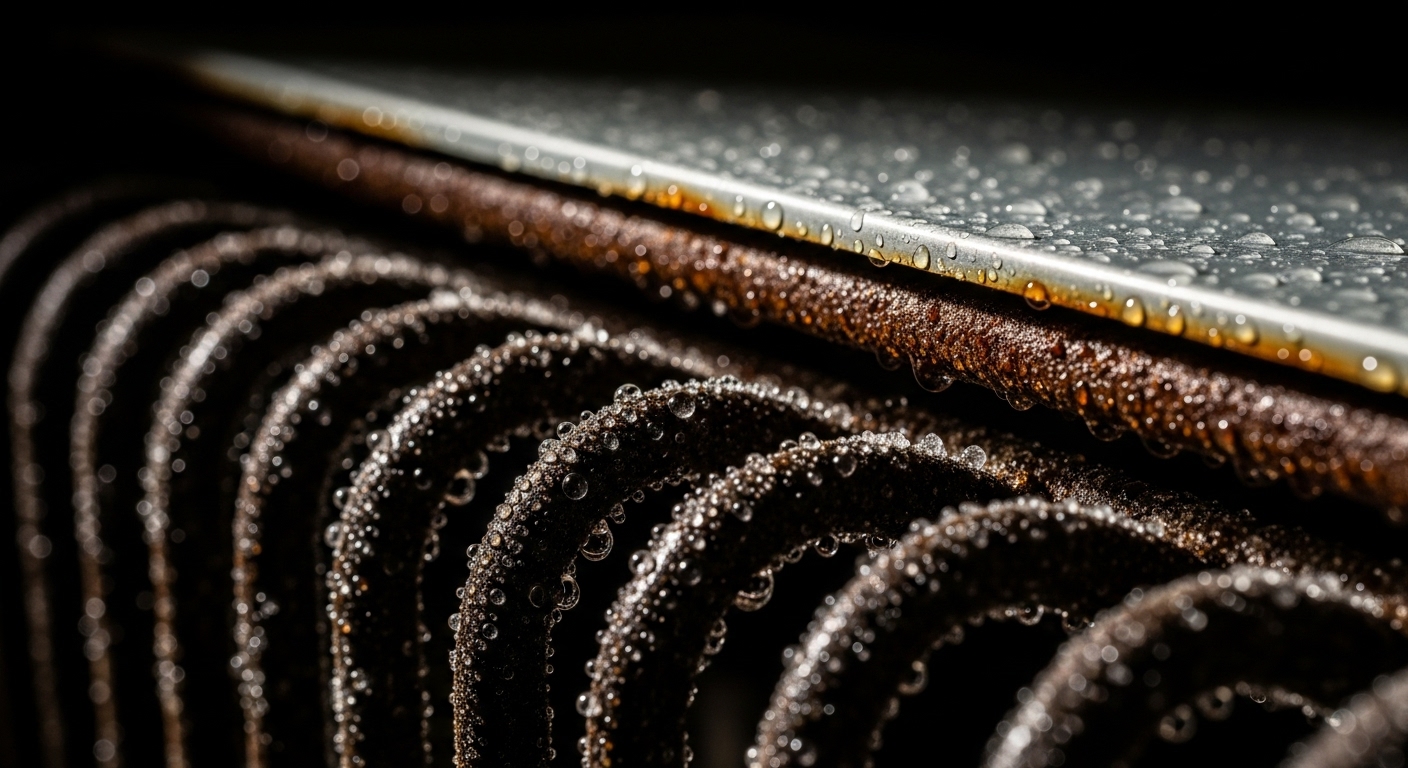Dealing with a broken appliance that’s draining your wallet faster than water from a busted washing machine? You’re not alone – Vancouver homeowners are discovering that the traditional repair-versus-replace math has completely flipped, and what used to be simple DIY fixes are now costing more than professional service calls.
Picture this: you’re making your morning coffee in your cozy Commercial Drive apartment when your dishwasher starts making sounds like a dying whale. Your first instinct might be to grab some YouTube tutorials and tackle it yourself – after all, how hard could it be? But here’s the plot twist that’s catching Vancouver homeowners off guard: between supply chain delays, specialized parts that cost more than your monthly Netflix subscription, and the very real risk of turning a $200 problem into a $800 disaster, DIY appliance repairs have become the expensive option.
[IMAGE PLACEHOLDER FOR IMAGE1]
Living in Vancouver means dealing with unique challenges that make appliance decisions more complex than anywhere else in Canada. Our coastal climate accelerates wear and tear, our condo-heavy housing stock makes replacement logistics nightmare-expensive, and recent changes to carbon pricing have shifted the economic landscape of home repairs. Whether you’re in a Yaletown high-rise or a East Van character home, understanding when to call the pros versus attempting fixes yourself can save you thousands.
The old rules don’t apply anymore. That famous “50% rule” your parents swore by? It’s outdated for Vancouver’s unique cost structure. The carbon tax increases that were supposed to make everything more expensive? They were actually eliminated in April 2025, but other cost pressures have more than filled that gap. Most importantly, the assumption that DIY saves money has been turned upside down by supply chain realities and the increasing complexity of modern appliances.
Key Outtakes
- Vancouver diagnostic fees ($139-$179) plus professional parts sourcing often cost less than failed DIY attempts: Most DIY repairs fail within 4-6 weeks, leading to cascade repairs that cost 200-300% more than professional first-time fixes
- The 50% rule is dangerously outdated for Vancouver: Hidden replacement costs (installation $100-$500, delivery $50-$100, disposal $75-$150, plus condo logistics $200-$400) make repairs economical even at 75% of appliance price
- Supply chain delays make professional parts access crucial: International brands face 6-8 month waits for control boards while professionals maintain supplier networks that bypass retail delays
- Vancouver’s coastal climate shortens appliance lifespans 15-20%: Salt air, humidity, and hard water require climate-adjusted repair calculations rather than manufacturer estimates
- Professional warranties protect against Vancouver’s higher failure rates: 90-day labor and parts warranties prevent the “repair cascade” where fixing one component reveals climate-related damage within weeks

Understanding Vancouver’s Hidden Appliance Replacement Costs
Before diving into repair decisions, we need to understand why Vancouver homeowners face a completely different economic reality than the rest of Canada. The traditional advice of “if repair costs exceed 50% of replacement price, just replace it” assumes you’re only comparing repair costs to the appliance’s sticker price. But that’s like comparing a Netflix subscription to buying a movie theater – you’re missing most of the real costs.

In Vancouver’s condo-heavy housing market, replacement costs extend far beyond the appliance itself. Installation fees typically run $100-$500 depending on complexity, with built-in dishwashers hitting the high end due to cabinet modifications. Delivery charges add another $50-$100, and if you need your old appliance hauled away, that’s $75-$150 for basic disposal or up to $200 if you want proper recycling. These seemingly small fees compound quickly, but the real killer is Vancouver’s unique housing stock.
With over 65% of Metro Vancouver residents living in in condos compared to 45% nationally, logistics become a nightmare. Moving a refrigerator through a typical Vancouver condo building requires professional movers ($200-$400), elevator reservations, and coordination with building management. Many buildings restrict deliveries to weekday business hours, adding scheduling complexity and potential time-off-work costs. Narrow hallways, small elevators, and tight doorways that seemed charming when you moved in become expensive obstacles when replacing major appliances.
[IMAGE PLACEHOLDER FOR IMAGE2]
Let’s break down a real Vancouver appliance replacement scenario. That $800 refrigerator you’re comparing to a $400 repair actually costs: $800 (appliance) + $200 (installation) + $75 (delivery) + $100 (disposal) + $300 (condo logistics) = $1,475 total. Suddenly, that $400 repair represents only 27% of true replacement cost, not 50%. The repair becomes economically obvious when you factor in all the hidden replacement expenses.
Vancouver’s coastal environment adds another layer of complexity to appliance economics. Salt air from False Creek and English Bay accelerates corrosion of metal components, particularly affecting refrigerator coils and dryer vents. High humidity levels cause door seals to fail 2-3 years earlier than in drier climates, especially problematic for front-loading washing machines popular in space-constrained condos. Hard water conditions common in Richmond, Burnaby, and other suburbs create scale buildup that damages heating elements and pumps, reducing efficiency and shortening lifespans significantly.
Vancouver’s Climate Reality and Appliance Lifespans
Understanding how Vancouver’s unique climate affects your appliances is crucial for making smart repair decisions. While manufacturer warranties might promise 12-15 years for refrigerators or 10-13 years for washing machines, these estimates assume stable, moderate climates – not Vancouver’s rain-soaked winters followed by sudden sunny spells that create thermal stress cycles appliance motors weren’t designed to handle.

[IMAGE PLACEHOLDER FOR IMAGE3]
The marine environment surrounding Vancouver creates specific challenges that homeowners in Calgary or Toronto never face. Salt air doesn’t just affect your car – it compounds corrosion of appliance components, particularly external elements like condenser coils and ventilation systems. This accelerated deterioration means appliances reach their failure thresholds 15-20% faster than manufacturer estimates suggest. A refrigerator rated for 15 years realistically delivers 12 years in Vancouver’s environment.
Humidity plays an equally destructive role, especially in appliances with temperature variations. Dishwashers, washing machines, and dryers experience moisture-related failures more frequently in Vancouver’s persistently damp climate. Door seals develop mold and deteriorate faster, electronic components corrode sooner, and moving parts wear down due to moisture-induced friction. The “dry cycles” that naturally preserve appliances in other climates rarely occur here, leading to persistent moisture exposure.
Hard water conditions throughout Metro Vancouver suburbs compound these climate challenges. Areas like Richmond, Burnaby, and Coquitlam have particularly challenging water chemistry that creates calcium and mineral deposits in dishwashers and washing machines. These deposits reduce efficiency by forcing pumps and heating elements to work harder, while simultaneously acting as abrasive compounds that accelerate mechanical wear. Professional cleaning can extend lifespan, but many homeowners only discover the problem when major components fail.
This climate-accelerated aging changes repair-versus-replace calculations significantly. When your 10-year-old refrigerator develops compressor issues, you’re not dealing with an appliance at 67% of its expected lifespan (10 of 15 years) but rather 83% of its climate-adjusted lifespan (10 of 12 years). This distinction matters enormously for economic decision-making – repairs that make sense at 67% through lifespan become questionable at 83% through realistic Vancouver lifespan.
The Real Economics of Professional Service vs DIY Disasters
The gap between professional repair costs and DIY expenses has narrowed dramatically, but not in the way most homeowners expect. While professional diagnostics in Vancouver run $139-$179 (typically waived if repair proceeds), the hidden costs of DIY attempts often exceed professional service within weeks of the initial “fix.” Understanding this economic reality prevents expensive mistakes that turn minor problems into major financial headaches.

Vancouver’s professional repair market has adapted to serve our unique housing constraints

